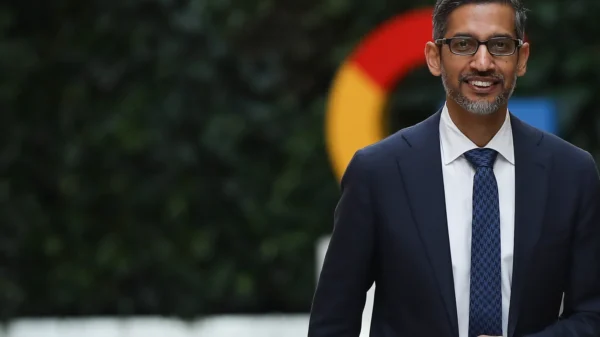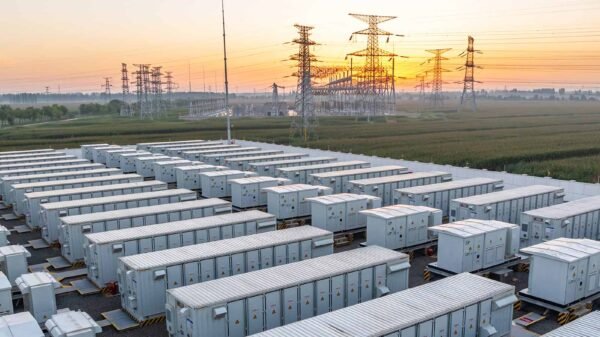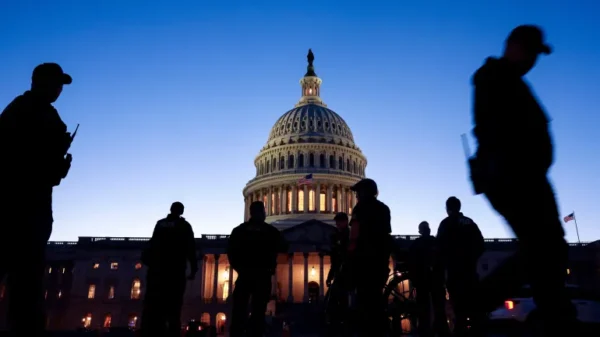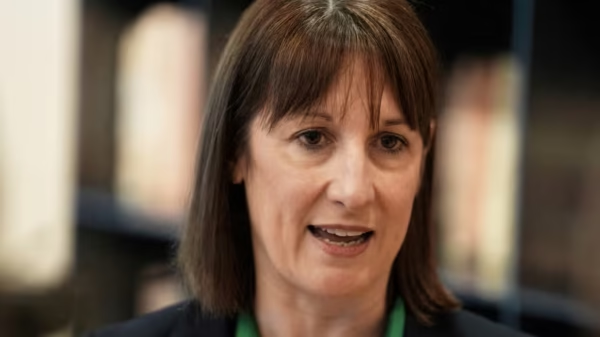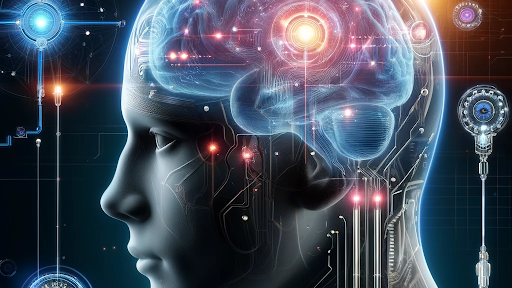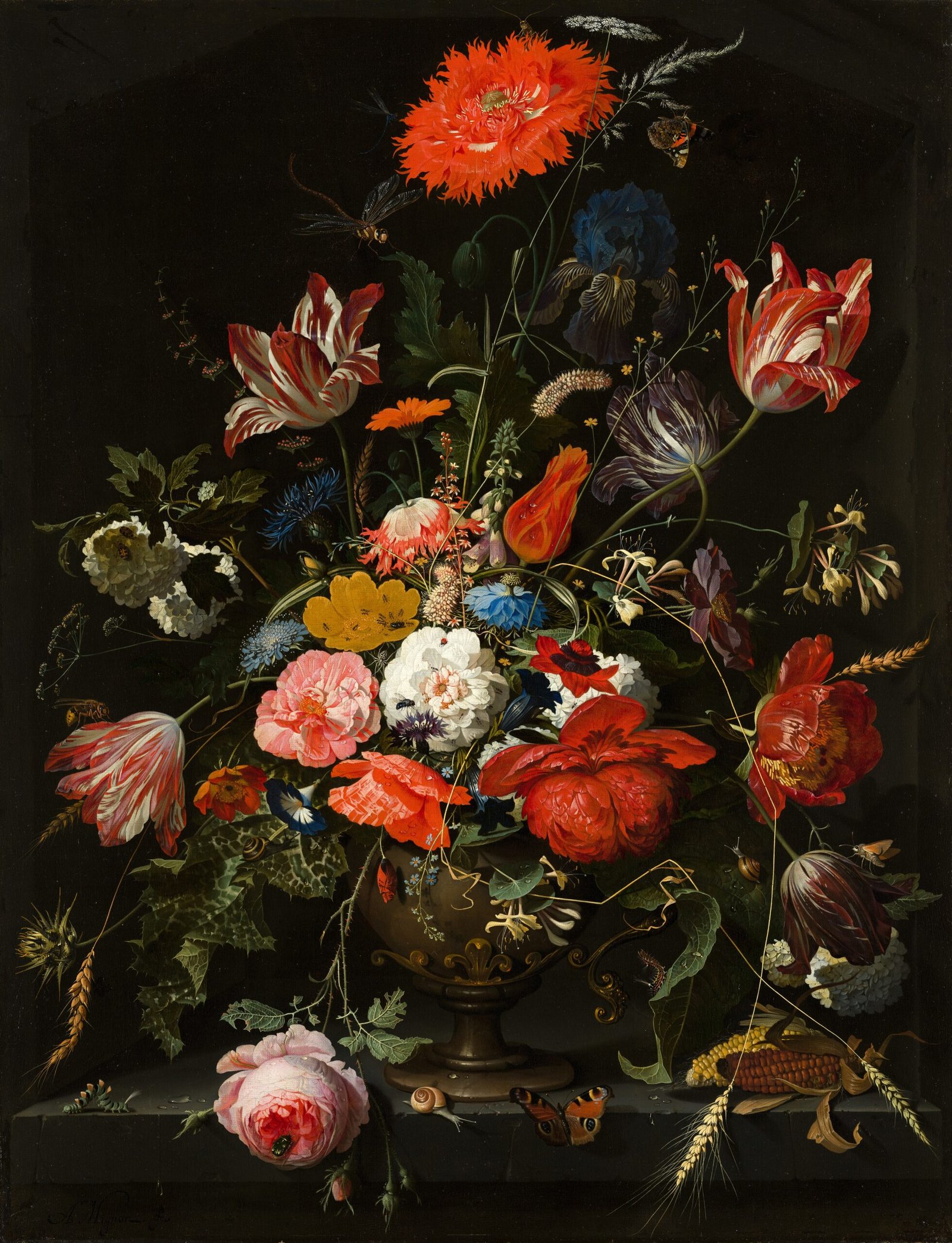The Evolution of Art in the Digital Age
Art has always been a reflection of the society in which it is created. Throughout history, artists have embraced new technologies to push the boundaries of their creative expression. In the digital age, technology has become an integral part of the artistic process, revolutionizing the way art is created, shared, and experienced.
The Digital Canvas
Gone are the days when artists solely relied on traditional mediums like canvas, paint, and clay. With the advent of digital tools, artists now have a vast array of options at their disposal. Digital art allows for limitless experimentation, enabling artists to explore new techniques, textures, and styles. From digital painting and 3D modeling to virtual reality and interactive installations, technology has opened up a whole new world of possibilities for artistic expression.
The Democratization of Art
Technology has also democratized the art world, making it more accessible to a wider audience. In the past, art was often confined to galleries and museums, limiting its reach to a select few. However, with the rise of the internet and social media, artists can now showcase their work to a global audience with just a few clicks. Online platforms and digital marketplaces have made it easier than ever for artists to sell their work directly to collectors, bypassing traditional gatekeepers.
Furthermore, technology has enabled art enthusiasts to discover and appreciate a diverse range of art from around the world. Virtual exhibitions, online galleries, and digital archives have made it possible for anyone with an internet connection to explore artworks from different cultures and time periods. This accessibility has fostered a more inclusive and interconnected art community.
The Fusion of Art and Technology
Art and technology are no longer seen as separate entities, but rather as intertwined disciplines. Artists are embracing technology as a tool for creative expression, incorporating elements of coding, data visualization, and interactive design into their work. This fusion of art and technology has given rise to new art forms such as generative art, bio-art, and digital installations.
Moreover, technology has also influenced the way art is experienced. Virtual reality and augmented reality have transformed the traditional gallery experience, allowing viewers to immerse themselves in virtual worlds and interact with artworks in ways never before possible. This merging of art and technology has blurred the boundaries between the physical and digital realms, creating captivating and immersive experiences for art enthusiasts.
The Challenges and Opportunities
While technology has undoubtedly revolutionized the art world, it also presents its own set of challenges. The digital age has raised questions about the authenticity and ownership of digital art, as well as issues surrounding copyright and intellectual property. Additionally, the reliance on technology can sometimes overshadow the importance of traditional craftsmanship and the tactile nature of art creation.
However, the opportunities presented by technology far outweigh the challenges. The digital age has opened up new avenues for collaboration, experimentation, and innovation. Artists can now connect with like-minded individuals from around the world, share ideas, and collaborate on projects in real-time. Furthermore, technology has made it easier for artists to reach a global audience and gain recognition for their work.
The Future of Art in the Digital Age
As technology continues to evolve, so too will the art it inspires. The digital age has given rise to a new generation of artists who are pushing the boundaries of creativity and exploring the possibilities of emerging technologies. From AI-generated art to blockchain-based art marketplaces, the future of art in the digital age holds endless potential.
Ultimately, art in the digital age is a reflection of our ever-changing world. Technology has become an integral part of our lives, and it is only natural that it would find its way into the realm of art. As artists continue to adapt and embrace new technologies, we can expect to see even more exciting and innovative works of art that challenge our perceptions and redefine the boundaries of creativity.







